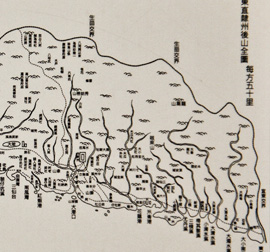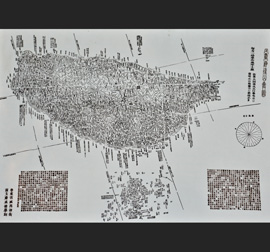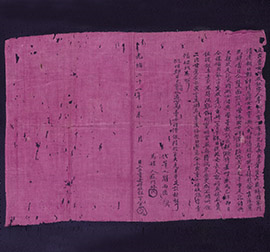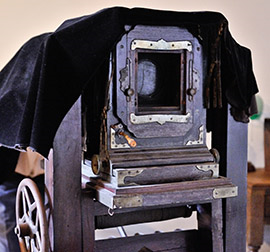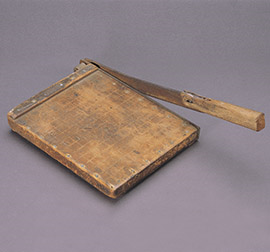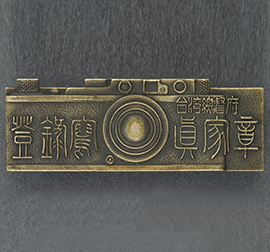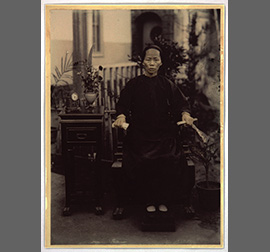:::
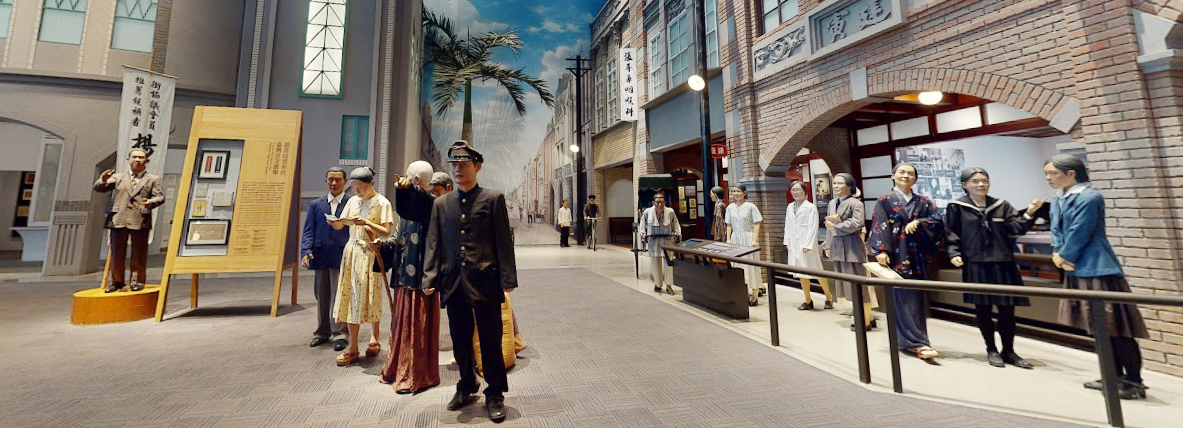
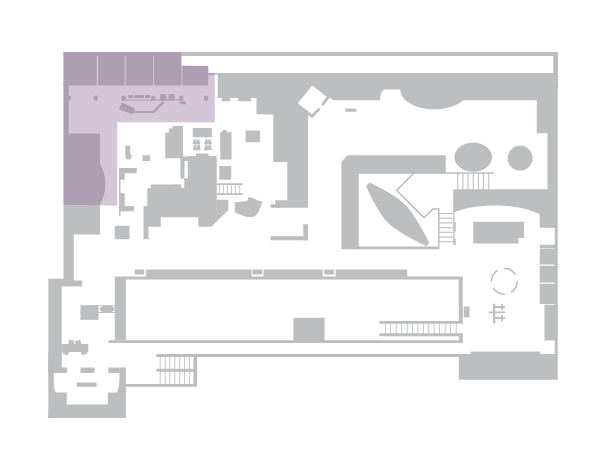
The March of Modernity

In the first half of the 20th century, Taiwanese people living in major cities or towns could feel the quickening pace of material and social changes. These ranged from what they experienced through their senses to the social structure and interpersonal ethics surrounding them. These changes reflected a completely new atmosphere that was different from the past. Some people called it civilization, while others half-jokingly called it moo-tn̄g, a transliteration of “modern” in Taiwanese Hokkien that sounds like “the hair is broken.” A new generation of Taiwanese people who had transitioned away from traditional customs began to employ techniques and methods which mixed Japanese and Western cultures to improve their works of art and their ordinary lives; this way, the appearance of modern Taiwan gradually took shape.





